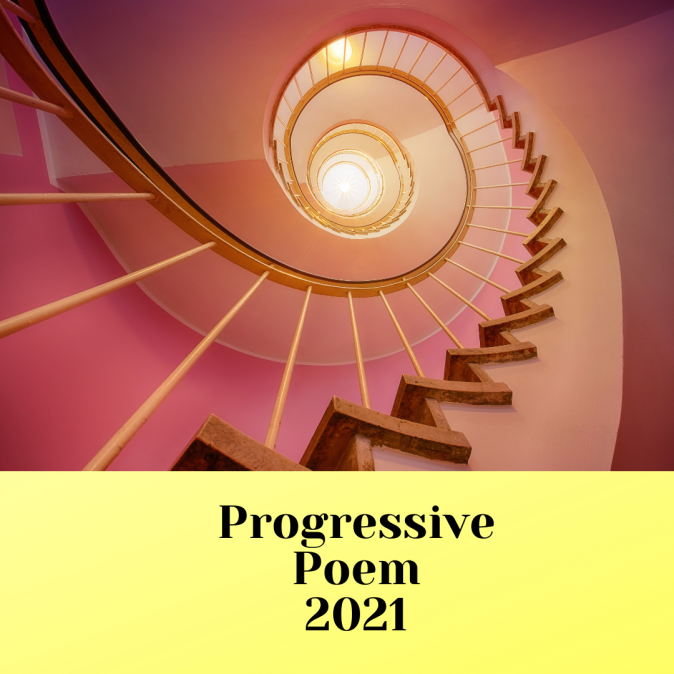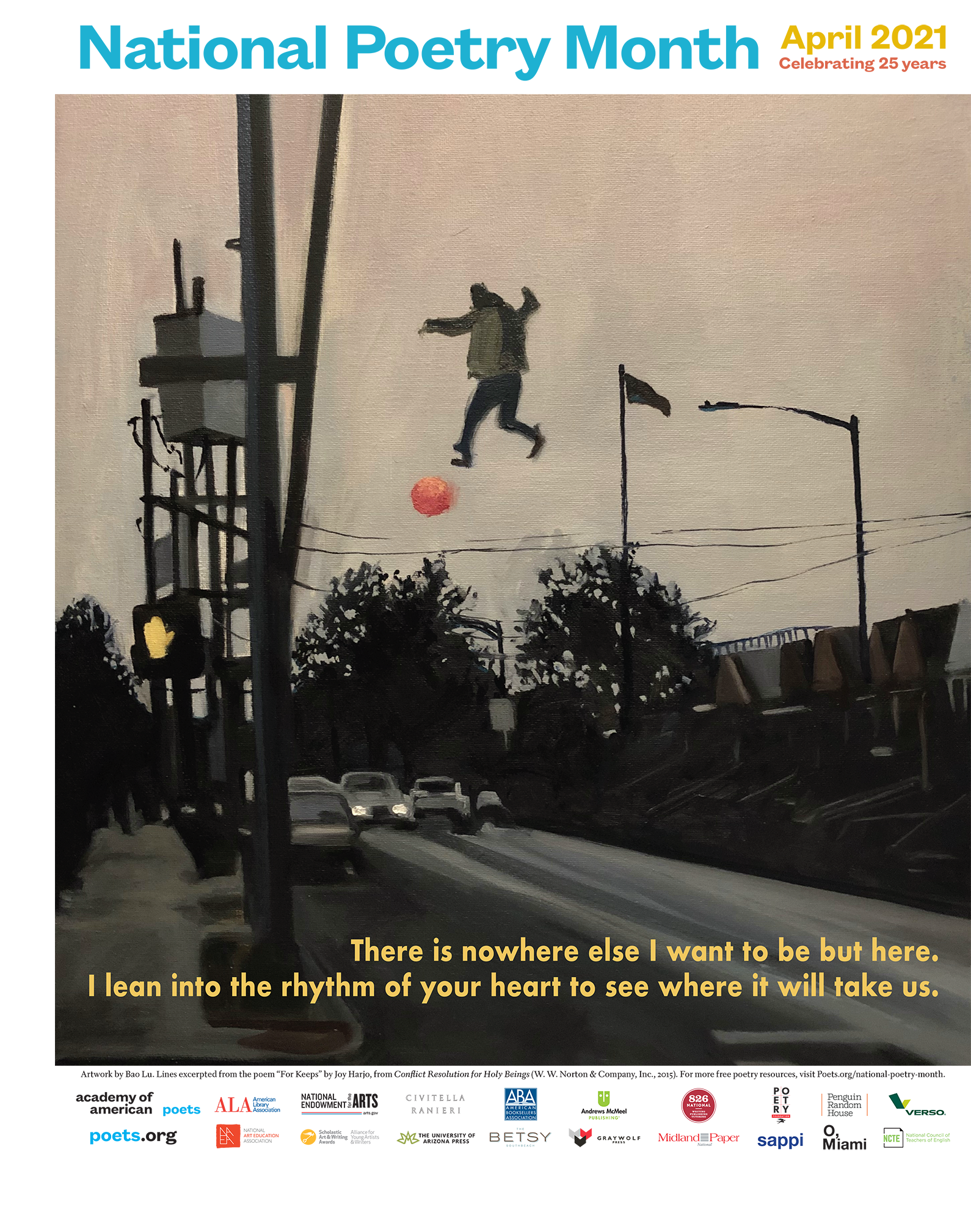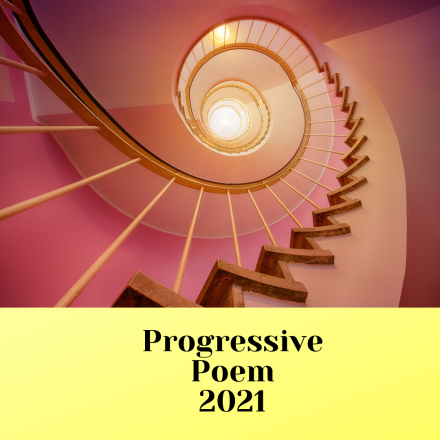Saturday, April 03, 2021
Text Set: The Power of Studying One Idea Across Multiple Texts
The 2021 Progressive Poem is Here!
National Poetry Month: #haikudiary.3
Friday, April 02, 2021
National Poetry Month: #haikudiary.2
Thursday, April 01, 2021
The Poetry Friday Roundup is HERE!
You are invited to the Inlinkz link party!
Click here to enterNational Poetry Month 2021: #haikudiary
Saturday, March 27, 2021
Text Set: Keeping Track of Characters
Texts for this Text Set have been posted daily on Instagram.
Follow @TextSets there to get daily updates!
Friday, March 26, 2021
Poetry Friday -- Writing From a Mentor Text
 |
| photo via Unsplash |
by William Carlos Williams
I have eaten
that were in
the icebox
and which
you were probably
saving
for breakfast
Forgive me
they were delicious
so sweet
and so cold
This Is Just To Say -- I'm Retiring
by Mary Lee Hahn, 2021
I have taught
many decades
mostly in
this district
and now
you are probably
planning
for next year
Remember
this work is important
so energizing
and so necessary
Saturday, March 20, 2021
Text Set: Word Study and Vocabulary
Texts for this Text Set have been posted daily on Instagram. Follow @TextSets there to get daily updates!
We want to have joy and inquiry at the heart of our word study and vocabulary work. This week, I'll share a set of books that will celebrate words in various ways. Word study cannot happen without understanding the power and impact of words.
The Great Big Animal Search Book is a fun book, and at first glance I had no idea all that was in here connected to words and vocabulary. This is a giant search book with really fun illustrations and so many facts about animals. It is a book readers can spend hours and hours with. AND it ALSO introduces readers to a variety of collective nouns (a WADDLE of penguins, a HERD of cows). Such a great way to discover the fun in collective nouns and to explore new vocabulary in the process.
The Invisible Alphabet gives readers a unique way to think about words. This book is full of words that are invisible--things you don't see (such as AIR). Reading through this book and then playing with other types of alphabet lists you could create based on a unique category like invisible would be great fun!
I love Ambitious Girl and they way that it takes a single word--ambitious-- and defines and expands on the definition through the whole of the book. Thinking deeply about the perfect word and all that it can be in descriptions and actions is worthy of conversation.
Of course you'd have to spend weeks with Have I Ever Told You Black Lives Matter before you brought it into word study. The book is powerful and says so much. The fact that there are only words and no illustrations is powerful. The way the words are set on the page is powerful. So many Black voices are shared in this book. A perfect book for talking about the power of words, the word we remember, the power of quotes, whose words have power, whose words do we study and remember, etc. could all be important conversations using this book as an anchor.
This week's books were linked at Cover to Cover Children's Bookstore. If you are looking for a fabulous children's bookstore to support, this is an amazing one. We are lucky to have them in Central Ohio!
You can find a downloadable pdf of this list at frankisibberson.com.
Thursday, March 18, 2021
Poetry Friday -- A Poetry Challenge
| picture via wikimedia commons |
Sleigh Ride
By: J.L.
For: Irene Latham
Here we go, very fast
Off to make the good times last.
Our sleigh is zooming,
Our fun is blooming,
Out on our wondrous Sleigh Ride.
No need to hide,
No need to cry,
As we ride our worries away.
Here we go,
Happy today.
Out on our wondrous Sleigh Ride.
SLEIGH RIDE
shhh
say the runners
sliding through the snow
smack
say the reigns
asking horse to go
ching ching
say the bells
on the harness and the sleigh
flap flap
say the wings
of the crows that show the way
say moon and clouds
thanks for coming out to play
© Mary Lee Hahn, 2021
Saturday, March 13, 2021
Text Set: Metaphors
Texts for this Text Set have been posted daily on Instagram. Follow @TextSets there to get daily updates!
When we think about teaching metaphor, it has to be about more than naming a metaphor and far more than knowing the difference between a metaphor and a simile. Metaphors help us think about bigger meanings in text. They help us understand at a deeper level. This week, I'll share a set of texts that starts this bigger conversation about metaphors.
I have been using Marla Frazee's book Walk On: A Guide for Babies of all Ages for years. This is the perfect introduction into metaphor because it is scaffolded so well. I read the book first and discuss with kids what it is "about". Then we go back and visit the author's note at the beginning of the book--"To my son Graham, off to college" and think about what the author was REALLY saying. What is "walk on" a metaphor for? Because the text is so simple, readers can go back into each line to discuss the intended meaning of each line within the bigger metaphor.
If You Plant a Seed by Kadir Nelson is another great book based on the metaphor of planting a seed. This is a very accessible metaphor for young readers so going page by page and discussing intended meaning will help readers see how to gain deeper understanding of an author's message through metaphor.
Lift has a graphic novel feel and is an immediately engaging story. Once children understand the possibility of metaphor in text, this is an easy transition to discussing the two (or more) possible meanings of the title word "lift" in this story. With some examination, children should see the idea of lifting people in ways beyond the literal one.
This powerful new picture book, Standing on Her Shoulders celebrates women who have made a difference in our world. The title is explored throughout the book as we are introduced to various women who have paved the way for so many. Each page helps us understand what it means to stand on someone's shoulders. (At the end of the book, you learn more about each woman introduced throughout.) A fabulous book for so many reasons.
Short films are such a powerful way to explore metaphor with students. A new favorite for me is Pixar's Float by Bobby Rubio. The metaphor of float can mean different things to different people and the author has his own reasons for using it which you can find in several online articles and interviews.
This week's books were linked at Cover to Cover Children's Bookstore. If you are looking for a fabulous children's bookstore to support, this is an amazing one. We are lucky to have them in Central Ohio!
You can find a downloadable pdf of this list at frankisibberson.com.
Friday, March 12, 2021
Poetry Friday -- Momentum
Saturday, March 06, 2021
Text Set: Middle Grade Graphic Novels
frankisibberson.com. Texts for this Text Set have been posted daily on Instagram. Follow @TextSets there to get daily updates!
This week's Text Set is a set of Middle Grade graphic novels. I try to keep up with my middle grade graphic novel reading because so often I am working with a reader who loves graphic novels. And graphic novels are often so important to a reader's growth--these are the books that help many readers fall in love with reading. The books I'll share are perfect for independent reading and they'd also each make for a fabulous middle grade read aloud if projected on the screen. Each graphic novel in this Text Set features strong characters. Enjoy!
Twins by Varian Johnson will have wide appeal for readers. It is realistic fiction and a great story of sisters. The two twins in this book are figuring out how to have their own identities as they grow up. I love that this book can also introduce readers to middle grade author, Varian Johnson. Or it can support readers of Varian Johnson who want to try a graphic novel!
We don't see many books about the impact allergies have on children. This brand new graphic novel Allergic by Megan Wagner Lloyd does a great job of showing that and of telling the story of a child severely allergic to dogs and the grief that this causes. Many kids will see themselves in this book.
Snapdragon by Kat Leyh is a story with a bit of witchcraft and creepiness! A fun story for readers of fantasy but also for readers who love a good character. Snapdragon and her friend Lu are characters with depth and the various storylines offer some complexity. Some characters are queer and trans, and that is not the focus of the story. It is just a part of who they are within a story about bravery, friendship and more. I especially appreciated the adult characters in this story and their relationships with the children.
Witches of Brooklyn by Sophie Escabasse is another fun fantasy featuring witches. (This is the first in a series.) After being forced to move in with an aunt she's never met, Effie grows to love her aunt and her partner. She also discovers that they are not actually herbalists (as they claim) but they are witches. This graphic novel has just the right amount of magic and fun mixed in with themes of family and growing up. In an interview, the author talked about the aunts and this is what she says, "I also wanted to show old people that are really fun to hang out with. Old people that anyone would love to have as friends and/or family. Tired of the “youth or nothing” philosophy. I like the age gap between my characters. It was important for me to show different generations sharing and living things together. " I loved this book even more when I read this! You can read the full interview here.
Measuring Up by Lily LaMotte is the story of Cici who has just moved to the United States from Taiwan. Although she is settling in, she misses her grandmother terribly and tries to figure out how to have her grandmother visit for her upcoming birthday. She thinks she can afford the trip if she wins the cooking contest! However it isn't as easy as it seems. Cici learns so much in the process!
This week's books were linked at Cover to Cover Children's Bookstore. If you are looking for a fabulous children's bookstore to support, this is an amazing one. We are lucky to have them in Central Ohio!
You can find a downloadable pdf of this list at frankisibberson.com.
Friday, March 05, 2021
Poetry Friday -- Perspective
Saturday, February 27, 2021
Text Set: Thinking about Main Idea Across Genres
Texts for this Text Set have been posted daily on Instagram. Follow @TextSets there to get daily updates!
This week, I'll share some books that support beginning conversations around main idea as readers. The concept of main idea is often tricky for young readers and they latch on to one idea instead of reading across an entire text. Hopefully this set of books will help.
I think the book Me and the World is a great one to introduce the idea of main idea to readers. This is a book filled with incredible infographics about the world. It is one of those books that readers will spend hours with. One challenge for readers is sometimes that main idea is a big idea that spans the ENTIRE text and is an idea that weaves through lots of a book. So, to start with a book with a more obvious main idea will make the idea accessible. Readers can discuss the title as well as detailed patterns they notice in the ways the information works together under a big idea.
Woke: A Young Poet's Call to Justice is a poetry anthology and is another great book for exploring main idea. The book begins with a message from Jason Reynolds and then an introduction by author Mahogany Browne. Discussing these, and the idea of woke is a great way to start this conversation. Then exploring the ways each poem fits the bigger idea--how does each fit under the main ideas shared in the introduction--will help build understanding that every single piece in an anthology fits the bigger idea of the entire text.
Following Woke, Cast Away by Naomi Shihab Nye is a book that will expand the conversation. In this book the author begins by asking us "How much have you thrown away in your lifetime already? Do you ever think about it? " Each poem fits under the big idea of things we "cast away" and the author looks at this literally and sometimes metaphorically which will add to the conversation and understanding of main idea a bit more.
We Are Kind weaves together two ideas--ways to be kind and how we feel when we are kind. Discussing the main idea and what the author is telling us about kindness will be a great entry way into the specifics of main idea-- a main idea that goes beyond the single word of kindness. This simple text gives readers so much to explore and discuss.
Our Favorite Day of the Year is a perfect book to use to discuss main idea (after enjoying it and discussing the book on its own of course!). Often, young readers choose one idea to focus on and decide that is what the book is about. So, this book is a great one to discuss that. In this story, a classroom full of children spend the year celebrating various holidays. Discussing each snippet against the title will help young readers see that each of the holidays fit under a bigger main idea --that the individual holidays were details that helped the author share the main message.
You can get a downloadable pdf of this list at frankisibberson.com.
Friday, February 26, 2021
Poetry Friday -- Remote Teaching
 |
| photo via Unsplash |
Saturday, February 20, 2021
Text Set: Studying Intentional Layout in Informational Text
Texts for this Text Set have been posted daily on Instagram. Follow @TextSets there to get daily updates!
One more week of Informational Text Mentors--This week we'll look at the intentional ways authors and designers set up a page in order to support reader's understanding. With more and more visuals in our world, looking at layout as a reader and learning to make intentional decisions about layout as a writer is key.
We'll start this week's Text Set with a non-book example to study. If you don't know Nicholas St. Fleur (https://www.nicholasstfleur.com), you'll want to check him out! (Thanks to author Melissa Stewart for introducing me to his work!) Nicholas St. Fleur has created several increidble infographics for The NY Times for Kids print publication. He ha a few samples on his website. These are perfect for exploring the idea of intentional design and layout. Thinking about decisions the creators made, what is most important, how the images and words work together and how size and font changes are all important ideas to bring up to begin this study. And while you are at it, explore the rest of this author's site. His dinosaur book is another worth exploring!
When How We Got to the Moon arrived in the mail, I screamed, "Every page in this book is a mini lesson!" And it's true. The visuals in this book are incredible and every single page can be studied for layout decisions. Many of the pages are stand-alone and make sense without reading the rest of the book. And each page is PACKED with so much information. Choosing a few pages to explore together, comparing the different decisions John Rocco makes on different pages based on the purpose/big idea of what he wants readers to understand is key.
Who Got Game? Baseball Amazing But True Stories by Derrick Barnes (author of I Am Every Good Thing and Crown!) is filled with short information pieces about baseball. There is more text to this than in the other examples so it will give readers and writers something different to explore. There are a variety of text sizes, text boxes and visuals set up in ways that the text and visuals work together to share information. The fonts are something else to take a look at --change of font and color is done with purpose.
I like Whooo Knew? The Truth About Owls because the pages have similar layouts with some differences based on needs of the reader. The left side of the page poses a question about owls. Then there is a main paragraph answering the questions. Several visuals connect to the answer and the layout of these is different depending on what is being communicated by the visuals. A smaller detail is often included in a talking bubble near the edges of the page. (And if you do get this book, make sure to take off the book jacket and look at the reverse side of the cover for a fun surprise!).
Firefighters' Handbook and Astronaut Handbook (both by Meghan McCarthy) are engaging for readers as they give so much information in different ways. There are detailed diagrams, how-to pages with important vocabulary. Q and A and more. This book is designed to flow together even though there are so many different layouts. There are similarities and differences in the two books too that are worth exploring.
You can find a downloadable pdf of this list at frankisibberson,com.



















































